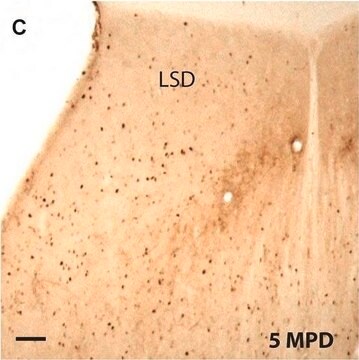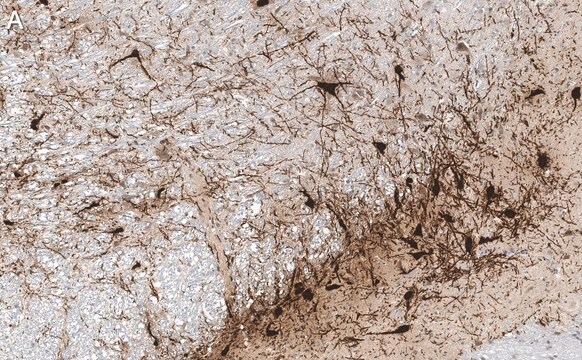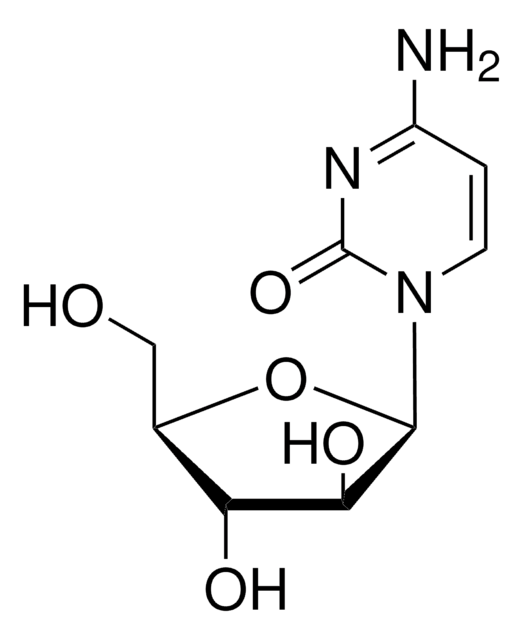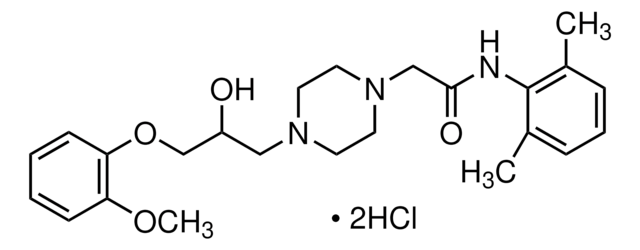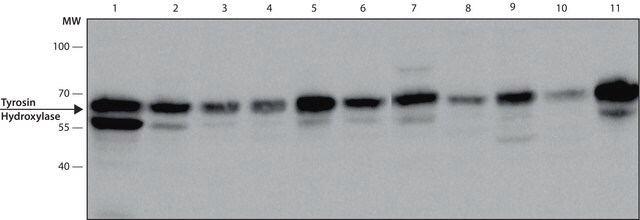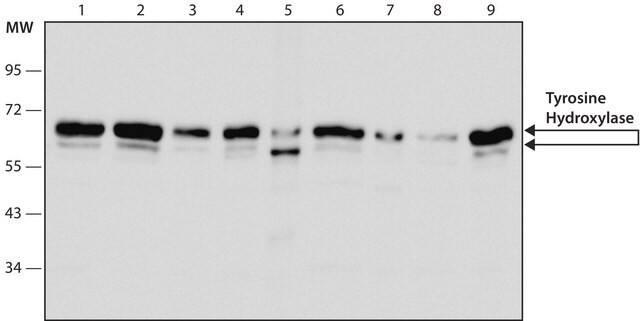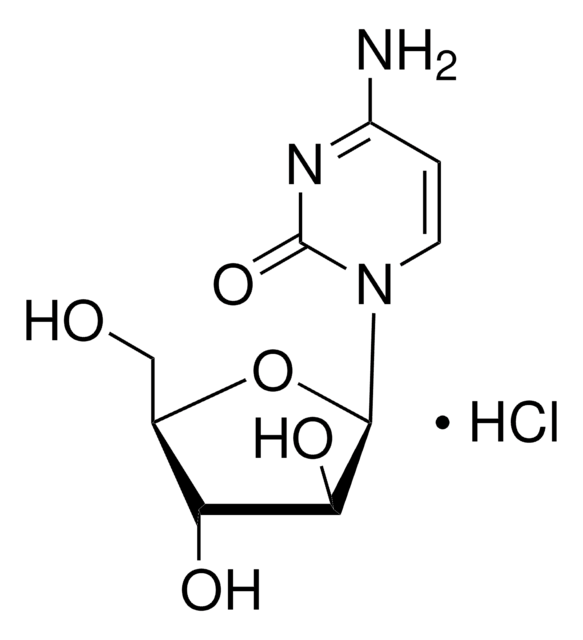T1299
Anti-Tyrosine Hydroxylase Antibody
mouse monoclonal, TH-2
Sinónimos:
Anti-Tyrosine Hydroxylase, Mouse Anti-Tyrosine Hydroxylase, Tyrosine Hydroxylase Detection
About This Item
Productos recomendados
Nombre del producto
Monoclonal Anti-Tyrosine Hydroxylase antibody produced in mouse, clone TH-2, ascites fluid
biological source
mouse
Quality Level
conjugate
unconjugated
antibody form
ascites fluid
antibody product type
primary antibodies
clone
TH-2, monoclonal
contains
15 mM sodium azide
species reactivity
human, monkey, guinea pig, rat, sheep, bovine, rabbit
technique(s)
immunohistochemistry: suitable
immunoprecipitation (IP): suitable using native or SDS-denatured TH.
western blot: 1:10,000 using extracts of cultured rat adrenal pheochromocytoma (PC12) cells.
isotype
IgG1
UniProt accession no.
shipped in
dry ice
storage temp.
−20°C
target post-translational modification
unmodified
Categorías relacionadas
General description
Specificity
Immunogen
Application
- western blotting
- indirect immunofluorescence
- immunostaining
- immunohistochemistry
- enzyme linked immunosorbent assay (ELISA)
- dot blot
- immunoprecipitation
Biochem/physiol Actions
Disclaimer
¿No encuentra el producto adecuado?
Pruebe nuestro Herramienta de selección de productos.
Optional
Storage Class
10 - Combustible liquids
wgk_germany
WGK 3
flash_point_f
Not applicable
flash_point_c
Not applicable
Elija entre una de las versiones más recientes:
¿Ya tiene este producto?
Encuentre la documentación para los productos que ha comprado recientemente en la Biblioteca de documentos.
Nuestro equipo de científicos tiene experiencia en todas las áreas de investigación: Ciencias de la vida, Ciencia de los materiales, Síntesis química, Cromatografía, Analítica y muchas otras.
Póngase en contacto con el Servicio técnico